By Priscila Costa, Asiye Demir, Lauren Hunt and Julia López-Robertson, University of South Carolina
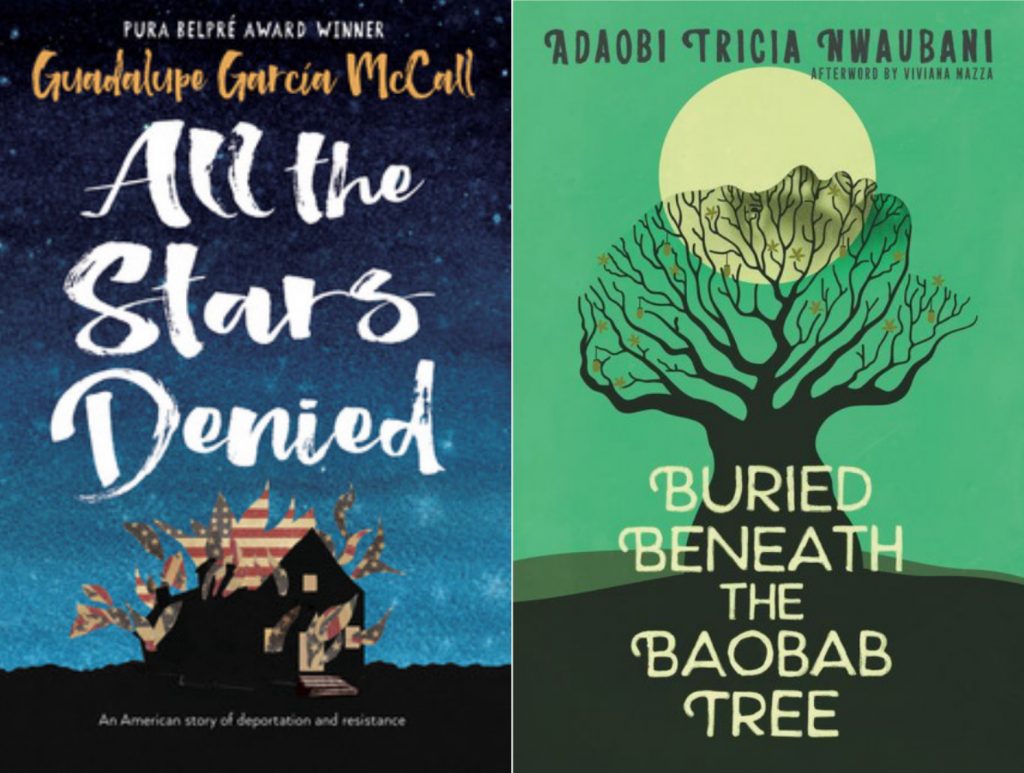 In our 5th and final post in this series, we would like to provide teachers with ideas for how students can respond to the reading of the two novels we have been discussing– All the Stars Denied (McCall, 2018) and Buried Beneath the Baobab Tree (Nwaubani, 2018). As you might remember from reading the first article in this series, we are educators with many years of teaching experience at different settings with diverse student populations, and we see various possibilities for the use of these two texts. It has been an educating journey for each of us as we worked together to design strategies that can be implemented in classrooms at various grade levels and at various contexts. Before we present you with instructional ideas, we would like to share with you some of our personal thoughts. Continue reading
In our 5th and final post in this series, we would like to provide teachers with ideas for how students can respond to the reading of the two novels we have been discussing– All the Stars Denied (McCall, 2018) and Buried Beneath the Baobab Tree (Nwaubani, 2018). As you might remember from reading the first article in this series, we are educators with many years of teaching experience at different settings with diverse student populations, and we see various possibilities for the use of these two texts. It has been an educating journey for each of us as we worked together to design strategies that can be implemented in classrooms at various grade levels and at various contexts. Before we present you with instructional ideas, we would like to share with you some of our personal thoughts. Continue reading



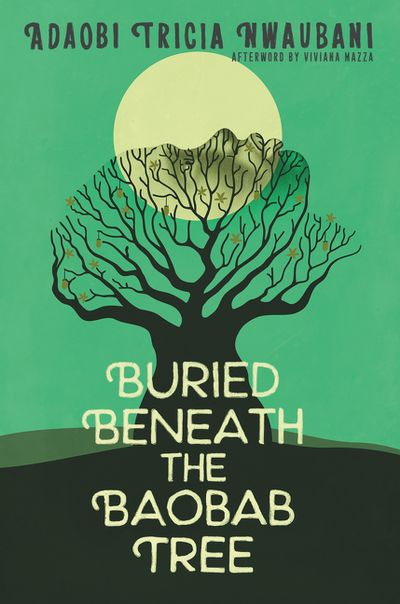 For the next two blogs our discussion will focus on Buried Beneath the Baobab Tree, by Adaobi Tricia Nwaubani. This story is based on the experiences of girls captured by the extremist group, Boko Haram in Nigeria. Nwaubani (2018) writes, “since 2009, the terrorist group Boko Haram has been fighting an armed insurgency with the aim of creating an Islamic state in northern Nigeria. More than twenty thousand people have been killed and over two million displaced by the fighting” (p. 293). Boko Haram has wreaked havoc on Nigeria and its people, and the group received worldwide media coverage when they kidnapped 276 girls from a Chibok school. According to the
For the next two blogs our discussion will focus on Buried Beneath the Baobab Tree, by Adaobi Tricia Nwaubani. This story is based on the experiences of girls captured by the extremist group, Boko Haram in Nigeria. Nwaubani (2018) writes, “since 2009, the terrorist group Boko Haram has been fighting an armed insurgency with the aim of creating an Islamic state in northern Nigeria. More than twenty thousand people have been killed and over two million displaced by the fighting” (p. 293). Boko Haram has wreaked havoc on Nigeria and its people, and the group received worldwide media coverage when they kidnapped 276 girls from a Chibok school. According to the 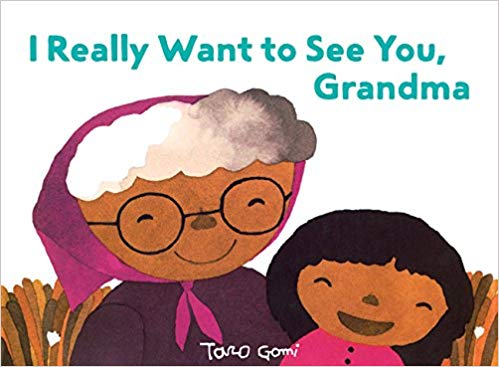
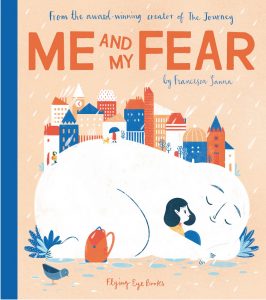
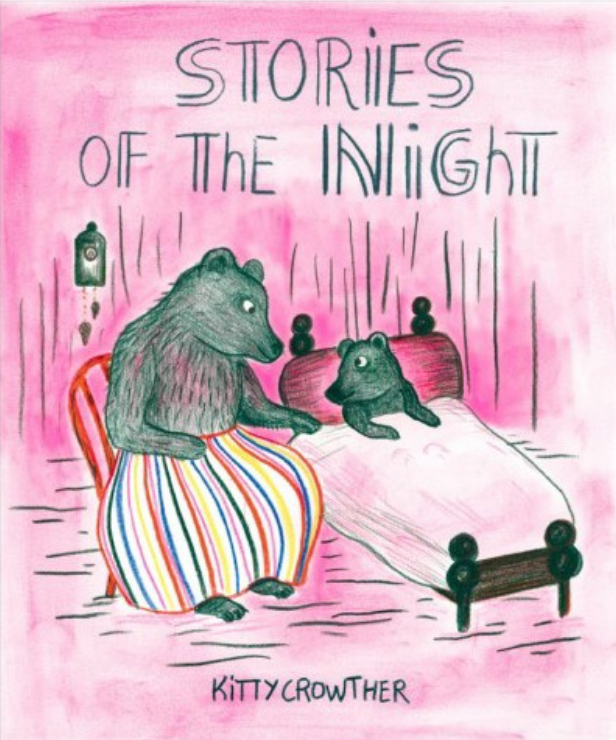
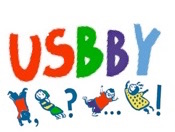 Both the prestigious American Library Association Awards and the
Both the prestigious American Library Association Awards and the  The American Library Association held its highly anticipated annual press conference on January 28, 2019, to announce the major youth awards, including the Caldecott, Newbery, Pura Belpré and Coretta Scott King awards. The award committees worked behind closed doors for 3 days to make final decisions, submitting their award-winners in great secrecy to ALA staff so they could prepare for the press conference and
The American Library Association held its highly anticipated annual press conference on January 28, 2019, to announce the major youth awards, including the Caldecott, Newbery, Pura Belpré and Coretta Scott King awards. The award committees worked behind closed doors for 3 days to make final decisions, submitting their award-winners in great secrecy to ALA staff so they could prepare for the press conference and